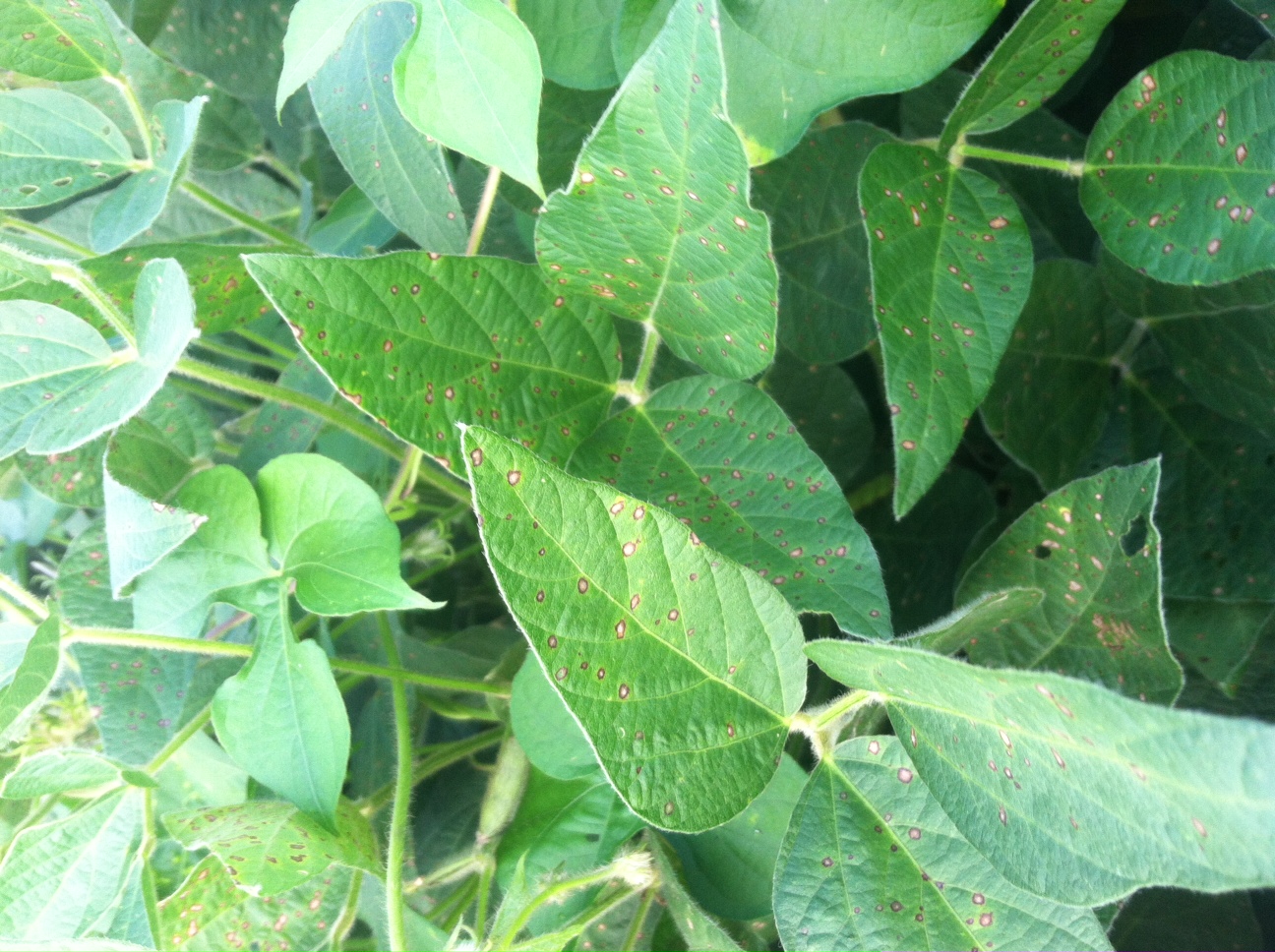Field corn hybrids—what are you buying? The dizzying array of Bt trait combinations available in field corn hybrids makes it important to understand what you are buying in a corn hybrid. Because of the different Bt toxins expressed in the plants, different hybrids protect, or not, against different insect pests. So you should choose your hybrids at least in part based on the history of insect pest pressure in your fields. Good summaries of which hybrids protect against which insect pests are provided in the fact sheets, below (developed by Dr. Chris Difonzo at Michigan State University).
What are Bt-corn refuges and why do we need them? Bt-corn refuges are areas within or near Bt-hybrid planted fields where non-Bt hybrids are planted. They can be either structured (planted as a block or series of rows), or as refuge-in-a-bag (RIB) where the seed is pre-mixed to the correct ratio of Bt and non-Bt hybrids. In Virginia, the refuge requirement is primarily because of the corn earworm. Having the non-Bt corn refuge available in the near vicinity of the Bt hybrids allows at least some corn earworms to not be exposed to the toxins—which should prevent or slow the resistance development process.
Refuge requirements for counties with no cotton! Non-Bt corn refuges are required for corn fields planted to Bt hybrids. These requirements (% of field that must be planted to a non-Bt hybrid or RIB) are different for the different Bt-corn hybrids—and these details are presented in the fact sheet, below, ‘Handy Bt Trait Table’.
Refuge requirements for counties with cotton! Bt-corn refuge requirements are different for areas where cotton is grown because the risk of corn earworm (also called cotton bollworm) developing resistance to the Bt toxins in these areas is greater. Corn earworm attacks both corn and cotton and some of the Bt traits in corn hybrids are also in cotton varieties. Feeding on the same Bt products in both crops exposes corn earworm to the same toxin in successive generations in the same growing season (corn first, then cotton). This increases the risk of the insects developing resistance to the toxins. For Virginia, EPA has designated Dinwiddie, Franklin City, Greensville, Isle of Wight, Northampton, Southampton, Suffolk City, Surry, and Sussex as cotton growing regions. Refuge requirements for the different Bt-corn hybrids are presented in the fact sheet, below, ‘Handy Bt Trait Table for the Southern Cotton-growing Region’.
Abiding by Bt-corn refuge requirements is good stewardship and important for helping sustain the efficacy of Bt-corn hybrids against insect pests. So, to determine your Bt-corn refuge requirement, you need to know if you are planting in a cotton-growing county, and what varieties you plan to plant. Read the attached fact sheets carefully for details to help you select the right corn hybrids for your farm, and what your refuge requirements are.






